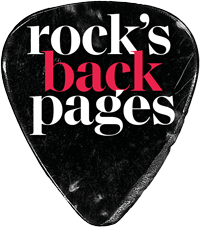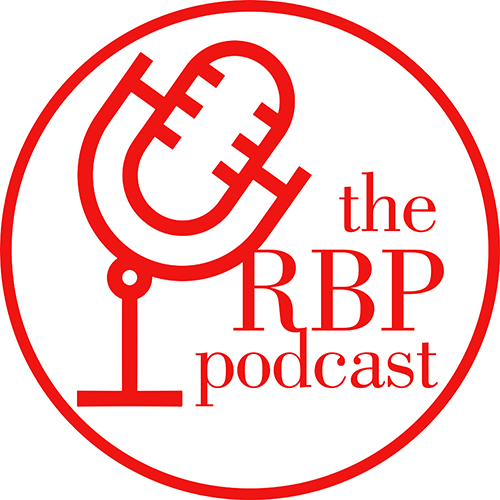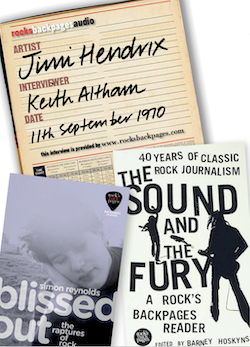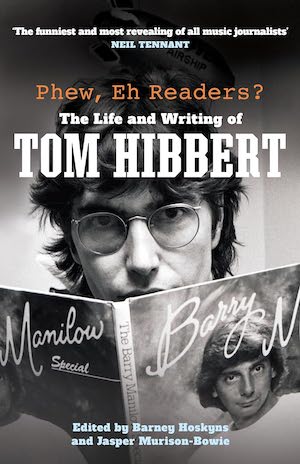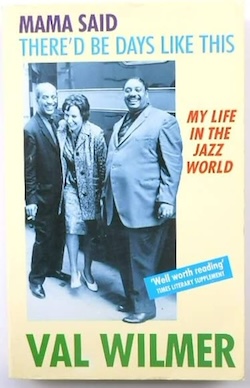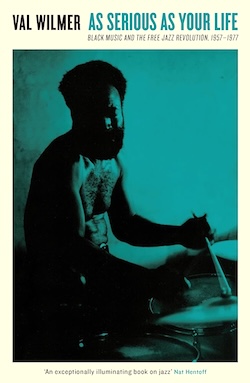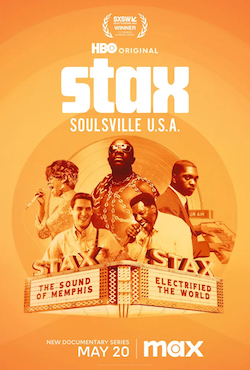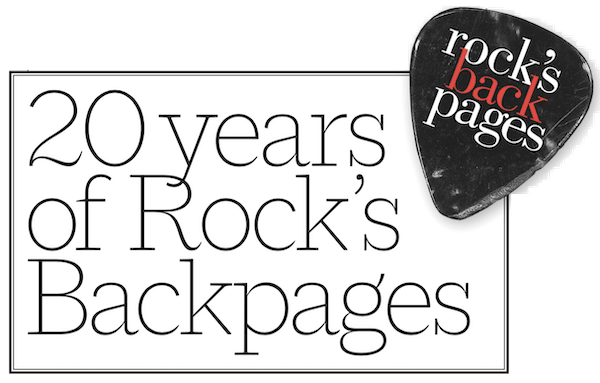Rolling Stones
50 years since The Rolling Stones played their "Goodbye Britain" concerts at the Roundhouse
 BY 1971, DESPITE having sold millions of records, the Stones were almost broke. Having not paid taxes for over eight years, they owed the UK government hundreds of thousands of pounds. So they decided to leave the country before the new tax year began in the first week of April – and just one month before they released the classic Sticky Fingers.
BY 1971, DESPITE having sold millions of records, the Stones were almost broke. Having not paid taxes for over eight years, they owed the UK government hundreds of thousands of pounds. So they decided to leave the country before the new tax year began in the first week of April – and just one month before they released the classic Sticky Fingers.
Before leaving they recorded a final performance for Top of the Pops and arranged a "Goodbye Britain" tour across nine cities that kicked off at Newcastle’s City Hall on March 4th. This first gig was a total sell-out with some fans queuing for 16 hours to buy tickets...
Click on the featured links to buy prints from Rock Archive
The Rolling Stones: This Could Be The Last Time
Michael Watts, Melody Maker, 13 March 1971
AS STONES BEGIN THEIR LONG-AWAITED — AND POSSIBLY FINAL — TOUR OF BRITAIN, MICHAEL WATTS REPORTS...
THE DAY the circus came to Newcastle was sober, grey, and bitter cold, with a sting of snow in the air that made the bodily extremities tingle unpleasantly.
The porters and ticket collectors at Central Station, seemingly all wizened wrinkles and horn-rimmed spectacles, stand hunched in their shabby black uniforms against the background of floating litter, yellow-lit stationery stores and diesels hissing out hot steam.
Young girls outside by the taxi-ranks are shivering in their thick winter coats, and the passengers streaming to and from the trains are striding briskly along the platforms, with an urgency that has a little more to it than just getting a connection on time.
Mick Jagger must have been feeling the cold, too. He is enveloped in this long brown leather coat, into which his hands are thrust, and a matching floppy leather hat is pulled right down to his ears, so that his white face is only just visible. Perhaps he is thinking of all that sunshine in the South of France as he emerges last from the train. Maybe he is even trying to disguise himself.
If so, he's fooling nobody. The porters look up with sudden sharp interest in their eyes and mouths turned down in wry disapproval. "It's Mick Jagger" all the waiting girls breathe excitedly in their thick Geordie accents that you could stand a spoon in; and they are wearing little nervous smiles — expressions of mild disbelief that the ectoplasmic creation of the mass-media has suddenly solidified and briefly, momentarily, is entering their lives. All that is needed to complete their moment is for him to actually speak.
Of course, he doesn't. He ignores even the camera-poppin' journalists clustered like flashing eyes around the big white, green-windowed Bentley that has drawn up outside the station. He has been through that movie before.
He just keeps right on walking, head moving to neither right nor left, right arm around the left arm of his dusky girlfriend.
Down the platform, over the bridge, through the ticket gate and into the driving seat of the Bentley he goes, trailing his entourage like coloured streamers: Micky Taylor in an elegant grey velvet suit, trumpeter Jim Price in bright red trousers and straw-yellow hair, Jo Bergman, the Stones' personal assistant, in sparrow brown, and various other members of his staff who have travelled the 600 miles from King's Cross station.
The last the girls see of rock's most magnetic performing animal, is a semi-obscured face, still intent and unsmiling, as he speeds off to his Gateshead hotel.
THAT IS, unless they are among the 4,000 people who turn up that Thursday evening to catch the Stones' two houses at the City Hall. To see him strutting the boards, bands on hips, head high in the air, and with a pout on him like a sex kitten in heat. To get, possibly, a final look for a very long time at the Rolling Stones' Rock and Roll Circus before it moves lock, stock and barrel and pitches down on the Riviera.
Why are they making this tour? With their enormous team of 40 equipment handlers they are not likely to make much money. As a gesture of fond farewell to Britain? "No, let's call it an au revoir," smiles Les Perrin, their publicist.
"Michael Philip" — he uses the words with fond relish — "and the rest of the boys just thought they'd like to play again in Britain."
That statement may be a little cursory, but then those kids up there on the balconies and down below are not really interested in specifics. Some of them may have never seen the Stones before and have come to find out what the fuss has been about all these years. But for the bulk of the audience, who probably remember their last concert tour in 1966, it's a nostalgic trip, a sentimental journey, even — perhaps most of all — for the press.
Tingle
Because, curled up at the first house in row K, I'm experiencing a tingle that has nothing to do with the cold. More likely, the reason is all wrapped up in a four-year-old memory of what pop was about and is no longer, when there was a rawness, a flash and glamour to it, a sense of strong personality.
A lot of it may have been so much hot, electric air, but in toto the music scene was overpoweringly compulsive, it generated a deepest urge to identify — with its stars, their lifestyles, and the very nature of the idiom itself.
The Stones have always epitomised the Pop Myth. They offer a brash excitement, vulgarity with its two fingers stuck firmly in the audience's collective face, at a time when rock music is intent on its adherence to the ethic of tastefulness and its reluctance to appear excessive.
In response to this reflective mood, audiences in turn have withdrawn more into themselves and the emotive has given way to the cerebral. You can be tart now, but you can't be tarty — or can you?
IT WAS that question Jagger was out to answer last Thursday. Something of his personal magnetism had been proved at the railway station a few hours before, but there existed a deeper need for proof that his onstage role as the stylish sexual braggart, replete with all the overtones of narcissistic showmanship was as irresistible in the context of today's audiences as in the past.
All these unresolved questions and threads of memory were hanging in the air as the time came to 7.30 p.m. The Groundhogs had just completed a set of basic blues. An army of stewards flanked the hall, with large, round orange-and-white badges pinned to their breasts and firm, implacable orders not to let anybody get backstage.
The swarms of photographers at the front of the stage were being issued with a directive from Les Perrin that they could not take any shots after the first two numbers; Michael Philip's express wish.
The Buffalo Springfield Again album was echoing out as the sound equipment team made last-minute checks on the banks of amplifiers, and there was a buzz of expectant chatter around the hall. Only once did it cease — when an announcement was made that there had been a slight delay in the proceedings. "But the Stones will be here," said the voice with comfortable sincerity, and everyone cheered.
The strains of 'Rock And Roll Woman' died away, and then, ladies and gentlemen, we give you The Rolling Stones.
Mick Jagger bounced on stage in a pink satin suit, with baseball shoes and a gaudy red and green baseball hat. The front of his jacket flopped open to reveal a football jersey with a huge red number three splashed across the front. It might have been 1966, except that the lines on either side of his face were etched a little deeper and the hair looked long but trim.
Jagger was followed by Keith Richard in red velvet trousers, black shirt and cream, fringed tunic, still looking like the best man at a debauch, while Bill Wyman, in a red and blue striped Crystal Palace shirt, took up his customary, solitary position at the edge of the stage, his King Charles the Second face staring moodily out over the heads of the audience.
And then there was Charlie Watts, good, old stone-faced Charlie, settling himself down, with just a hint of delight in his features, behind his kit.
Only Mick Taylor, with his curly fair hair and open face, seemed visually out of place, looking like a boy soprano playing truant from the church choir.
Movie
THEY GO straight into 'Jumping Jack Flash', with Jagger posturing and pouting, pawing the stage like a randy stallion who can't wait to get started. It's rather like watching a favourite old movie, whose opening scenes with all their little nuances and tricks flood back in a tide of pleasurable nostalgia.
It's a movie, however, to which new scenes and dialogue have been added because on the second number, 'Live With Me', Jim Price steps forward to complement his trumpet riffs with those of Bobby Keys, the tenor sax player, a large, grinning beefy figure who is best remembered for his work with Delaney and Bonnie and was featured on the same Stones' cut on Let It Bleed; while lurking away in the background on piano is the almost legendary Nicky Hopkins, late of the Quicksilver Messenger, and also on the Stones' album. It only needs Leon Russell to complete the whole of the personnel for that album cut.
"Very glad to be back in Newcastle — we've had some great raves here," pants Jagger. "We're gonna do some new songs for you you can dig." They sweep into a fast, rolling number, called 'Take Me Down, Little Susie', which has Richard and himself dueting on the chorus. The song has the lines, "Me in my basement room with a needle and a spoon."
'Stray Cat Blues' follows, with Mick swinging the mike stand and Taylor sliding out a lyrical, spare solo. The horns and piano are barely audible, as throughout the set, although their American sound engineer, Chip Monck, is monitoring the balance, standing in front of a console on the left.
Robert Johnson's 'Love In Vain' comes in slowly. Mick, his hat discarded, hands provocatively on hips, closely watches Richard, bringing his foot down expertly on the beat until the song starts to build and Taylor comes in with another sharply sweet bottleneck solo. This is succeeded by 'Prodigal Son', funky, swamp-blues, with just Jagger and Keith, the latter sitting on a stool playing acoustic.
Up till now the audience has been very self-contained, almost passive, content to let the onstage acrobatics, both vocal and physical, sweep over them. As the first bars of 'Midnight Rambler' slide out insidiously and Jagger's familiar harp phrasing hits them, they begin to stir. The number rises then slows, builds and falls, and Jagger evilly slips off the thick, studded belt around his waist. Spurts of dust rise up from the stage as he slams the belt on the boards in time with Richard's sharp guitar bursts. The song takes off again towards its climactic ending, full of sexual innuendo. "I'll stick my knife down her throat," snarls Jagger with savage satisfaction. A second later the spotlights go out and the hall is thrust into darkness. When the lights come back on everyone is on their feet cheering.
The rest of the set is built on the emotional platform created by that number. A new song follows, 'Can't You Hear Me Knockin'', fast and jumpy in the same vein as 'Jumpin' Jack Flash', marred only by some flat picking by Keith on his plexiglass model. His gutty tone makes way for Taylor's more refined approach. Jaggar retires for a moment to the sidelines, puts on his cap, and then turns to Jim Price, as if to say, "going all right, ennit." Another, very melodic, new cut, called 'Wild Horses', — "they couldn't drag me away" sweeps melodically in.
Then it's 'Honky Tonk Women' and 'Satisfaction', with Charlie laying it down beautifully and on the line, and Wyman starting to loosen up. It's a downhill run now, gaining momentum all the time.
"We're gonna keep you in the groove," says Jagger. He peels off his satin jacket, revealing arms bare to the shoulder. "It may be white but it's healthy," he quips. "I want to see you all dance and lose your inhibitions," he yells. The lights go up in the hall, but the fade out as 'Little Queenie' gets under way, with Mick bumping and grinding in a burlesque parody.
The number ends, and he takes a stiff slug of whisky. "I'd like to drink to your health," he grins, tipping the bottle in our direction. Loud cheers, and he moves into an old rocker, gyrating like a devotee at a Bacchanalian orgy. Heads in the audience are jerking around in a frenzy and the stewards are having to dump some of the more enthusiastic back into their seats.
WHEN THE number finishes, the band makes to leave the stage, but the audience urges them back for an encore and they do 'Street Fighting Man'. The idiot dancers are up on their feet again and the stewards are having to put them down once more. The guy in charge of them, the archetypal jobsworth with a face like a sour lemon, tells his men they gotta shine torches in the kids' faces. "That usually stops 'em," he smacks his lips. Really, what can a poor boy do?
The Stones can do nothing more. Literally. The lights go up for the second time, the song bumps to a close, and the audience is on its feet, stamping and hollering. Just before he exits Jagger throws boxes of yellow confetti high into the air, and the stuff showers down in golden clouds on the front seats, closely followed by stacks of leaflets advertising John Mayall's appearance at Newcastle next week.
It was a nice touch of showmanship in a performance that underlined the Stones' continuing ability to re-affirm their own myth, which is founded on the essentials of rock music: physical excitement allied to visual colour. It emphasised that Mick Jagger is still the bossman among white rock artists, able, more than any other in his field, to project the sexual fantasy that is at the heart of the role.
And that's about it. Except to conjecture if this concert tour is, indeed, their final one in Britain. After the show, in the Stones' hotel, I asked Charlie Watts if they were leaving Britain purely for tax reasons. "Theres' more to it than that," he answered cryptically.
So, for Newcastle at any rate, this could be the last time. I don't know..."
On the 14th March the Stones performed their final two shows in front of fans at the Roundhouse, London.
Photographer Pete Smith recalls that "I heard the Rolling Stones were doing a gig at the Roundhouse. I didn’t have ticket or pass. Waving my camera I blagged my way in (you could still do that in 1971). Underfoot was compacted earth, an old farm cart was being pushed worryingly close to the packed crowd. I was able to get fairly close to the stage which had been set near the centre of the arena. Shooting from the floor over people’s heads - photography inspired by music".
The Rolling Stones: The Roundhouse, London
Mark Plummer, Melody Maker, 20 March 1971
THE ROLLING STONES Circus came to town last Sunday, maybe for the last time. At least for their own sakes it should be. The fire has gone out of their show, and Jagger (once the greatest showman in pop) is now little more than a caricature of himself.
At the Roundhouse, London, he looked good, multicoloured baseball cap, red satin trousers, a belt fit for the devil, and a miniscule sequined bolero revealing his tubby frame. But looking good is in the past now, and once an hour of old hits and few newies popped in was enough. Today I thought it was only the Tremeloes who did that.
As the Stones took the stage after a long interval that prompted slow handclapping, with Jagger as arrogant as ever and enormous dosage of applause in the air all was set for a fine evening. Something was missing though. With Nicky Hopkins on piano, Bobby Keys and Jim Price on horns, the Stones played well but the excitement that used to be, was non-existent and when they finished the applause was little more than a polite thank you. The new songs they played caused the most excitement, especially 'Bitch', which might be their next single.
Of the old songs, 'Midnight Rambler' caused the most excitement and some screams that must have reminded them of how good they were in the old days.
© Mark Plummer
The Rolling Stones: Roundhouse, London
Uncredited writer, Disc and Music Echo, 20 March 1971
MICK'S SO CHIC..
MICK JAGGER is quite a scene stealer in his own right — several girls in London's Roundhouse audience at the final date of the tour were heard to say that they were "dying" to see what he was wearing.
A sign of the times perhaps was the sound of a young child whimpering for its mother during a quiet acoustic number.
On the other hand however — he had that child, and others accompanying parents in the audience, yelling with fear shortly afterwards during 'Midnight Rambler' when Jagger looked and sounded so demoniac and sadistic under the glare of a red spot.
Three new numbers were sung during the evening:
'DEAD FLOWERS', an up tempo song with strong country influences and a parodied American accent from Jagger. Could be a powerful Stones sound on record.
'BROWN SUGAR', a "back-to-the-beginning" R-n-B sound with lots of guts and the sort of excitement that made 'Satisfaction' so big.
'BITCH', the third, was one of the Stones' numbers that build up and up to a frenzied finish. But with the additional brass, it sounded like a soul show closer.
© uncredited writer, 1971
The final show before they jetted off took place almost two weeks later at The Marquee on 26 March 1971 in front of an invited audience. By June that year they were fully settled into life in the South of France and recording ‘Exile on Main St.’
However, as we now know, despite all the fanfare and farewells, this certainly was not the last time we would see the Rolling Stones perform to an adoring crowd in the UK. The band returned to British shores just two years later in September 1973, following the release of ‘Goats Head Soup’, as part of their 1973 European Tour.
50 years later they are still producing new material and performing in the UK.
back to Rockarchive


